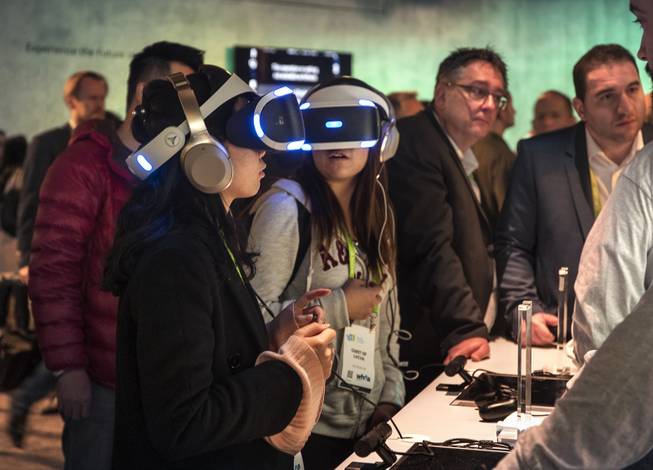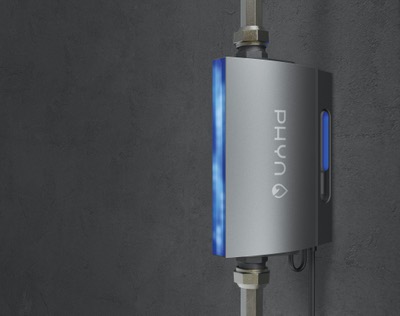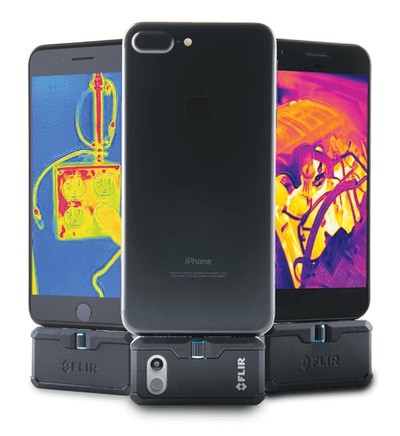
Attendees test out the new Sony virtual reality gear as CES takes over the Las Vegas Convention Center on Tuesday, Jan. 9, 2018.
Sunday, Jan. 14, 2018 | 2 a.m.
The CES show brings the newest in consumer electronics to Las Vegas each year.
Whether it was augmented and virtual reality devices or electronics to make your home smarter, the convention delivered on displaying cutting-edge technology.
Here are some of the top gadgets that don’t price out the average household.
Merge: 6DoF Blaster
Price: TBD | Availability: summer
With virtual reality and augmented reality key points of interest at the convention, companies targeted all demographics, including those who will be the future of the technology.
Merge created its 6DoF blaster gun, a handheld gun that attaches to a smartphone to create a virtual reality game. The newer the smartphone, the better the experience.
Working with phone software like Apple’s AR kit and Google’s AR Core, users can walk around and engage in an array of game scenarios.
The blaster is a less restrictive form of virtual reality, giving users a free-range experience viewable on their blaster-mounted phone rather than a headset.
Although the price wasn’t available at CES, Merge says the price point should be accessible and affordable for the average family because the game is geared toward children.
Because the app is an open software development kit, each experience is dependent on how developers want to create their worlds.
L’Oreal: UV Sense
Price: $40 | Availability: limited in 2018, globally 2019
The sensor, which is less than 2 millimeters thick and 9 millimeters in diameter, is designed to be worn on a user’s thumbnail. It can be worn for up to two weeks and then reattached with additional adhesives included in the packaging.
The data collected is tracked by the accompanying smartphone app, available on both iOS and Android, and will tell the user the best time to wear sun protection by monitoring his or her daily exposure levels. The sensor is activated by UVA and UVB rays.
The app will provide users with sun-safety tips, including utilizing shade when possible or reapplying sunscreen.
Phyn: Phyn Plus smart water monitoring system
Price: $850 | Availability: spring
Phyn, a joint venture between technology giant Belkin International and Uponor, a leading supplier of plumbing for residential and commercial spaces worldwide, unveiled their latest smart water monitoring system.
The device is connected to the main waterline of a home, measuring micro pressure changes in the water 240 times per second. The system detects when there is a leak, sending the homeowner an alert to his or her smartphone.
The system learned 10 billion data points from 10 million water events after being tested in dozens of homes.
Phyn says the system can detect normal water events such as a toilet flush or anomalies such as pinhole leaks or frozen pipes through algorithms and its data set.
If a major leak is detected, the Phyn Plus system will automatically shut off the water to the home, preventing costly damage.
The system is launching in 30 markets this spring, including Las Vegas.
Flir: Flir One Pro
Price: $399 | Available now
The Flir One Pro is a thermal imaging camera that attaches to a user’s smartphone dock slot, giving the ability to find problems around the home that might not be caught by the naked eye.
Contractors and do-it-yourselfers can view heat differences between minus-4 degrees and 752 degrees often associated with missing, damaged or inadequate insulation, sources of energy loss, water damage and more.
With the ability to pinpoint problems, homeowners and professionals can fix issues quickly, possibly preventing more expensive repairs.
The data collected can be saved to the user’s smartphone via the Flir One app.
The thermal imaging camera also can utilize the Flir One Pro as a security feature at night. A homeowner can scan the area and see heat signatures created by people or pets that may be hard to spot in dark homes or yards.
Abilix: Educational Robots
Price: $169-$2,000
Build-your-own: Available now
Everest model: by the end of the year
With schools emphasizing STEM skills as early as elementary school, the field of robotics is becoming increasingly popular.
Abilix has a variety of robotic products aimed at home-use and designed to make a child more comfortable with technology and coding.
The humanoid robots have 20 motors and are controlled by inputting coding on the Abilix app. There’s simple coding for younger children and advanced coding for older kids.
All Alibix robots can be controlled via a virtual joystick on a smartphone app, or a user can program a predetermined routine for the robot to go through autonomously.
To help children learn how to code and to build the robots in a kit, there are instructional videos.
The higher-priced humanoid robot, the Everest series, comes in Series 4 and Series 6. The 6 is the latest and larger model. The Everest robots can serve as entertainment, playing games and singing with children.





